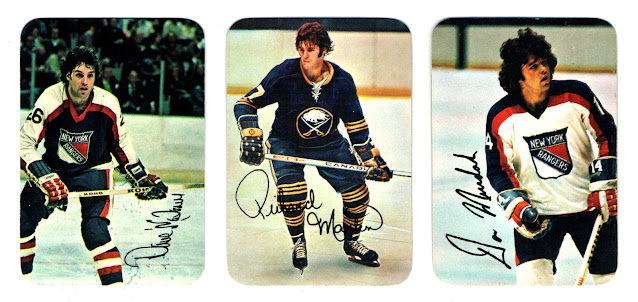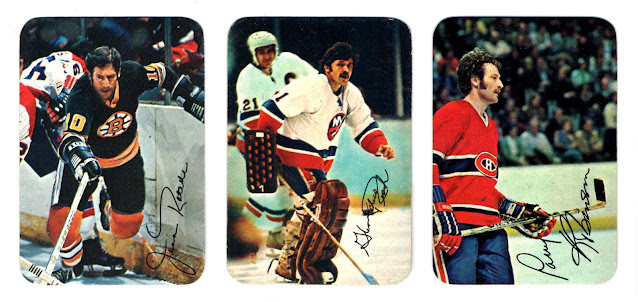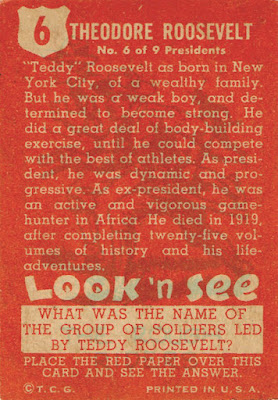I've been an editor for my entire professional career. As such, I'm always learning about the English language. Sometimes it's a "shop talk" thing, like finding some new information in a style guide about the way to properly use a hyphen or en dash. Other times it's more entertaining, like discovering the etymology of a word or the origins of a particular idiom or colloquialism.
Recently on a website called grammarist.com, I came across one of these origin stories that made me immediately think of a sports team (and therefore trading cards).
The idiom is "blaze a trail".
Are you thinking what I was thinking?
Yep, the Portland Trail Blazers.
The logo above is the one that was used from the team's inception in 1970 all the way through 1990. I like it a lot.
But back to the phrase in discussion here:
I was familiar with the idiomatic meaning of "blaze a trail": To be the first person to do something, to be the maverick who does something in a new way that others will no doubt follow.
But what I didn't know was that there's a literal meaning as well. (It has nothing to do with fire.)
Here's what the article from Grammarist says:
"The expression blaze a trail can also be used literally to mean to mark a trail by cutting notches in trees, tying flags to branches, etc. The idea is that one is making a new path for others to follow.”
And with all the forest land in Oregon, you can see just how fitting the team name "Trail Blazers" really is. Nice work there.
Because this is a trading card blog, I thought I should feature a card or two featuring some well-known Blazers. However, I don't collect basketball cards, and I don't think I've watched a basketball game since the 1990s.
But there are some great-looking vintage basketball designs out there, so I decided to browse around and perhaps purchase a card for my collection.
Here's one that I'm thinking about:
I like the diagonal neon stripes at the top right, as well as the font choice for the word "Blazers". More importantly, you get a full-length shot of a player on the court during game action, dribbling a basketball, wearing those classic tube socks. You also get a good look at the "Portland" text on the front of the jersey.
On top of that, Geoff Petrie was a very good player. He was the first-ever draft pick of the Trail Blazers, and was named rookie of the year in 1970-71. A knee injury limited his career to just six seasons, but he was an all-star twice in that time.
And here's an interesting tidbit: It seems like Petrie was the first NBA player to switch from the long-standing and popular Converse brand of sneakers to a sponsorship with a relative newcomer called Nike. Pretty cool piece of history there, as the Nike company was founded in Oregon.
So there's a little fun with words.
Any other suggestions for a vintage Trail Blazers card to pick up for my collection? Share the year, player, and card number in the comment section, and thanks for reading!



















